-
×
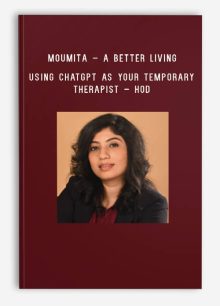 Moumita – A Better Living – Using ChatGPT as Your Temporary Therapist – Hod | Digital Download
1 × $55.00
Moumita – A Better Living – Using ChatGPT as Your Temporary Therapist – Hod | Digital Download
1 × $55.00 -
×
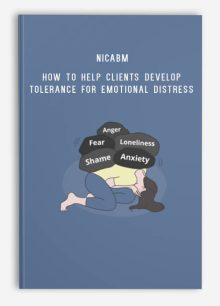 NICABM – How to Help Clients Develop Tolerance for Emotional Distress | Digital Download
1 × $110.00
NICABM – How to Help Clients Develop Tolerance for Emotional Distress | Digital Download
1 × $110.00 -
×
 Tan Choudhury - E-Com Mastery Program
1 × $47.00
Tan Choudhury - E-Com Mastery Program
1 × $47.00 -
×
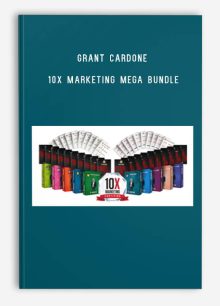 Grant Cardone – 10x Marketing Mega Bundle | Digital Download
1 × $20.00
Grant Cardone – 10x Marketing Mega Bundle | Digital Download
1 × $20.00 -
×
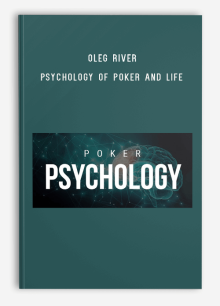 Oleg River – Psychology of poker and life (Russian with English Subtitles) | Digital Download
1 × $59.00
Oleg River – Psychology of poker and life (Russian with English Subtitles) | Digital Download
1 × $59.00 -
×
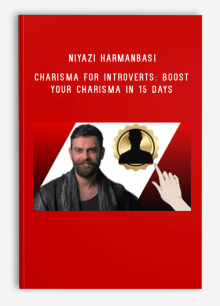 Niyazi Harmanbasi – Charisma for Introverts: Boost Your Charisma in 15 Days | Digital Download
1 × $39.00
Niyazi Harmanbasi – Charisma for Introverts: Boost Your Charisma in 15 Days | Digital Download
1 × $39.00 -
×
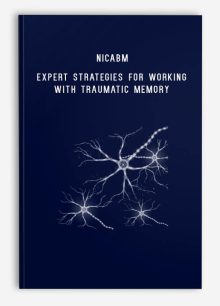 Peter Levine & Pat Ogden & Bessel van Der Kolk – NICABM – Expert Strategies for Working with Traumatic Memory | Digital Download
1 × $79.00
Peter Levine & Pat Ogden & Bessel van Der Kolk – NICABM – Expert Strategies for Working with Traumatic Memory | Digital Download
1 × $79.00 -
×
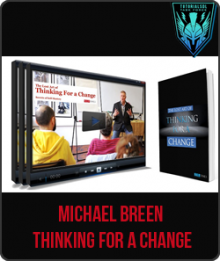 Thinking For A Change from Michael Breen
2 × $52.00
Thinking For A Change from Michael Breen
2 × $52.00 -
×
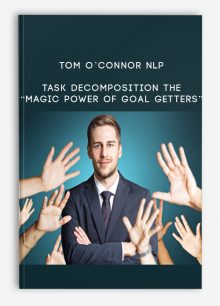 Tom O’Connor NLP – Task Decomposition The “Magic Power of Goal Getters”
1 × $52.00
Tom O’Connor NLP – Task Decomposition The “Magic Power of Goal Getters”
1 × $52.00
Subtotal: $565.00

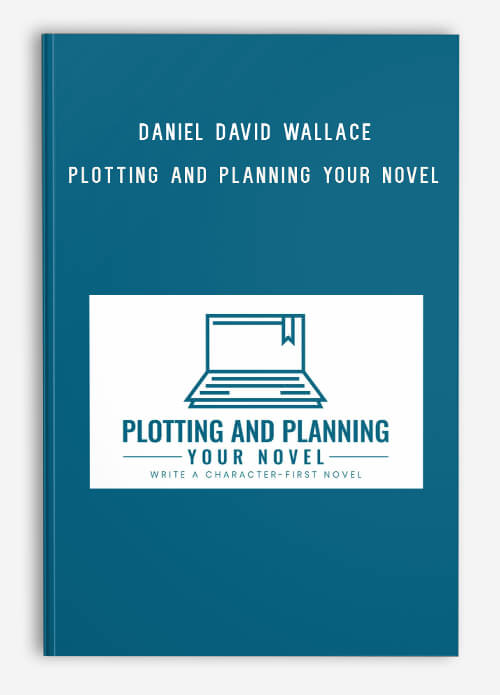
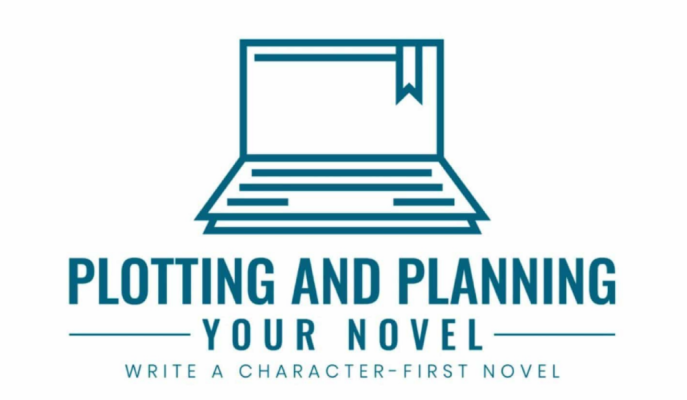







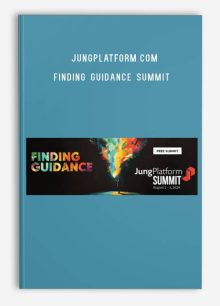
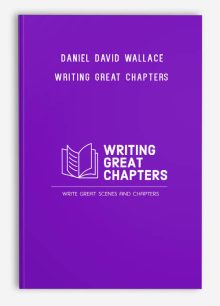
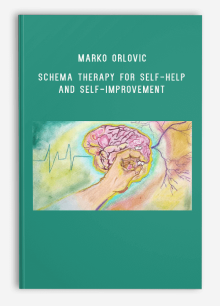
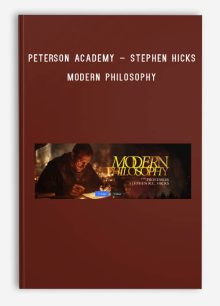
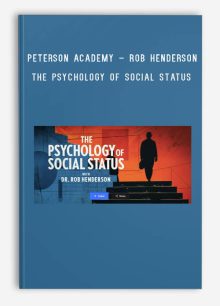
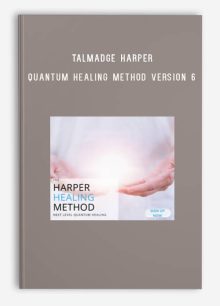
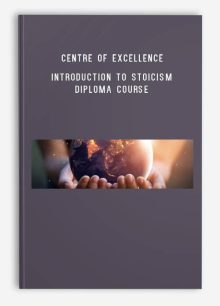
Reviews
There are no reviews yet.